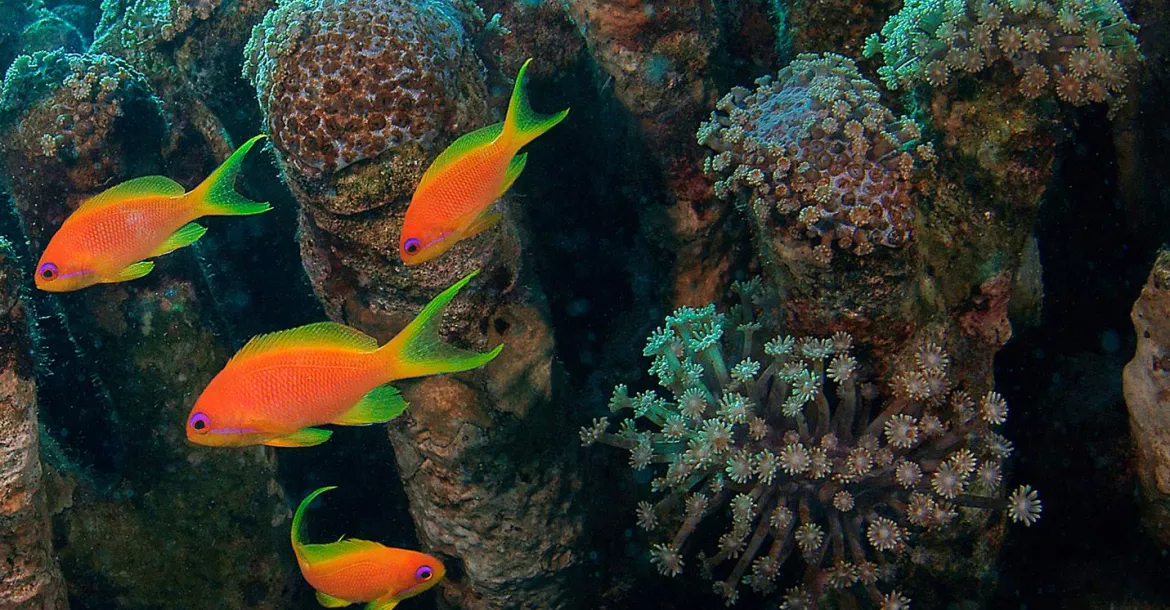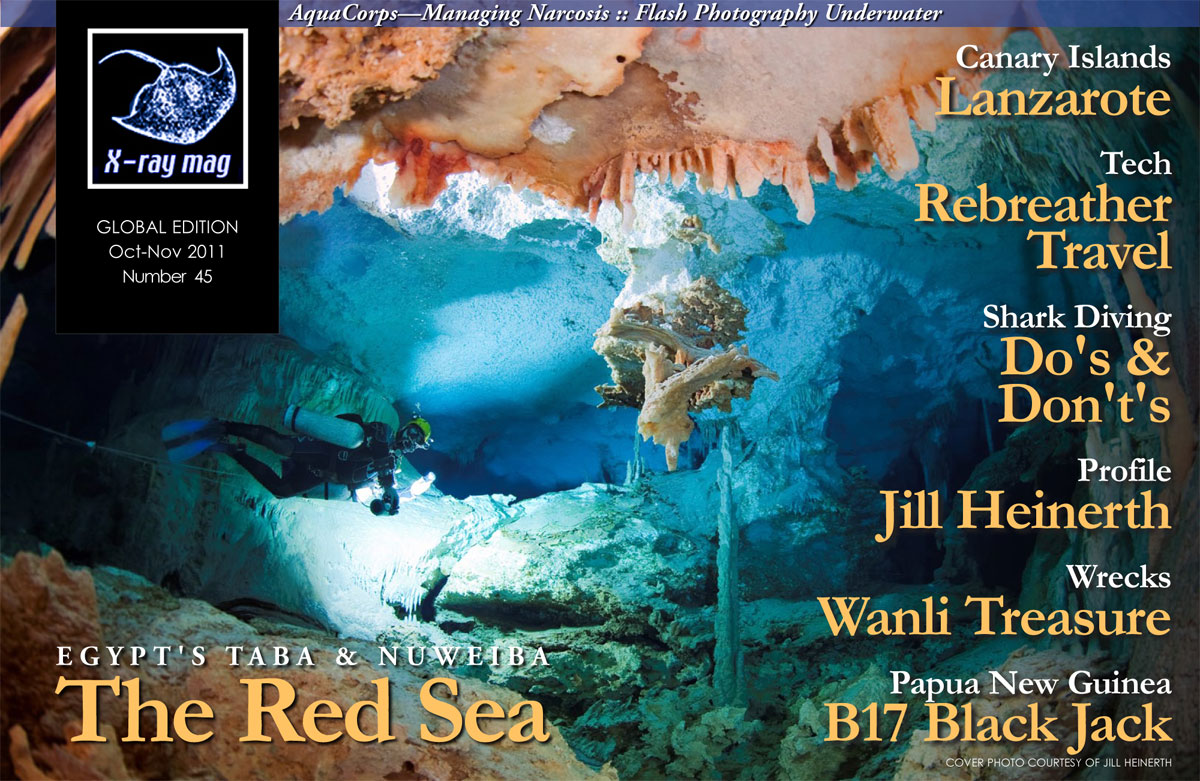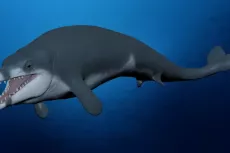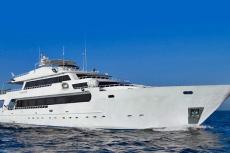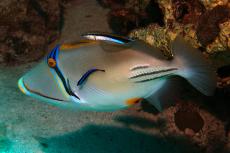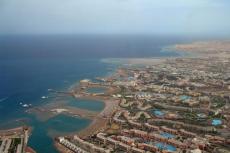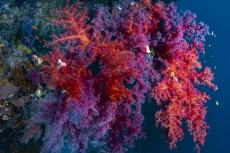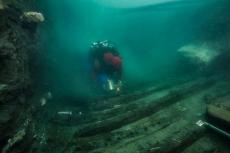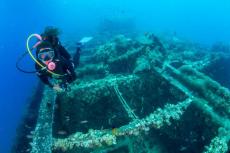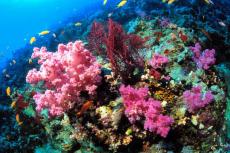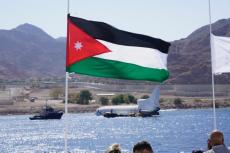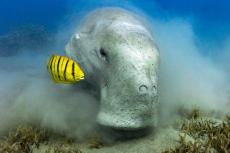The northern end of the Gulf of Aqaba in the Red Sea is full of new opportunities and fresh dive sites. "Find something new and interesting to report on at the Red Sea" was the assignment I gave myself. Right.
Contributed by
It probably dates me a bit, but I remember when Sharm el Sheikh was a small, sleepy village at the tip of the barren Sinai peninsula, which was reached by overnight coach from Cairo. Domestic flights from Cairo’s international airport, which was the common place of entry to Sharm’s airstrip, were available but came at a substantial price.
This was about 20 years ago, and I still recall how the sensation of remoteness filled me with joy and excitement—it was an adventure. The waters were amazing, and I think they still are. But they are not quite as accessible anymore, and in places, have become somewhat crowded. Sharm has turned into a bustling resort town with over 150,000 hotel beds, or so I have heard, and a busy international airport, and the once barren, rugged and dramatically beautiful coastline has been extensively developed and clad with resorts, which now extend in an unbroken chain far into the mist on the horizon. Granted, a lot of these hotels are very nice, and there are few other places on the planet where you get so much standard for your buck.
However, I was yearning for the original Red Sea experience and for at place where I could go diving off the coast at my leisure, without being compelled to get up in the wee morning to catch a bus to a day boat in the next bay. This is now what you have to do in Sharm. I don’t want to get up early, and I do not want commute on a holiday.
While the “Deep South” area south of Marsa Alam on the western coast of the Red Sea possibly could offer all this in plenty, my attention was drawn to the northern end of the Gulf of Aqaba and the area of Taba just south of the border with Israel. The macro life was said to be really good there with a healthy population of frogfish. “Is that so?,” I thought. A decision was made, and off to Taba I went.
Fast forward to arrival in Sharm el Sheikh airport. I was amazed and impressed how fast I was whisked through customs and immigration by the guides from our travel company. It only took a few minutes from the time I stepped out of the plane until I sat in the minibus on the outside still gasping and panting from the massive and almost burning wall of hot air that greeted me upon disembarkation. That is Sinai in early August for you. Thank goodness for air conditioning.
Taba Heights is a small resort town built around a golf course and a cluster of four international hotels which takes about 2.5 hours to reach from Sharm el Sheikh. Whether the drive through Sinai’s rugged landscape is considered an experience in its own right and part of the whole adventure or just a tedious and unwanted stage just to get over with the sooner the better depends, I suppose, on your personal inclinations in that respect. I kind of like it, and it helps resetting my frame of reference, as I stare out on the vast and empty expanses of the desert.
I could not help studying the landscape that passed pondering on all the biblical stuff that took place on this peninsula. It’s mind-boggling in a way—all the strife that has taken place in this region—and at the same time, I wondered what all the fuss was really about and why people were here in the first place.
There is no water here, no growth, no green pastures nor food for that matter—just dust, sand, gravel, rocks and scorching temperatures. It seems as fertile as Mars. I am passing through in transit to undertake some great diving on colourful corals and sip cocktails or cold beers by the pool side in the evenings—that is my good excuse for being here. But it eludes me as to why anyone would like to hang around in this beautiful but forsaken place before diving was invented and dragged along its masses of tourists with their cash and credit cards.
Underwater Sinai is a completely different world, and breaking the surface is like going through a portal to another universe that is colourful, vibrant and alive.
But before one descends, one cannot help taking a look around at the peaks draped in an amazing spectrum of soft pastel colours ranging from sandy yellows to dusty pinks, which only get softer, hazier and redder as the day progresses.
And once one gets water over one’s head and immerses oneself in the blue realm, the whole tonal range completely changes, and one is greeted with the full palette of strong colours coming to life in the form of orange anthias and damselfish darting in and out of coral structures, yellow butterfly fish, blue surgeonfish, and the almost phychedelic juvenile emperor angelfish to name a few.
Zen moment
The tranquillity down below was soothing, and I slowly descended to the bottom about 15m below me. I was on the house reef just outside the resorts. From the boat deck, I just stepped off, and I could see my hotel room. It was that close and ....

